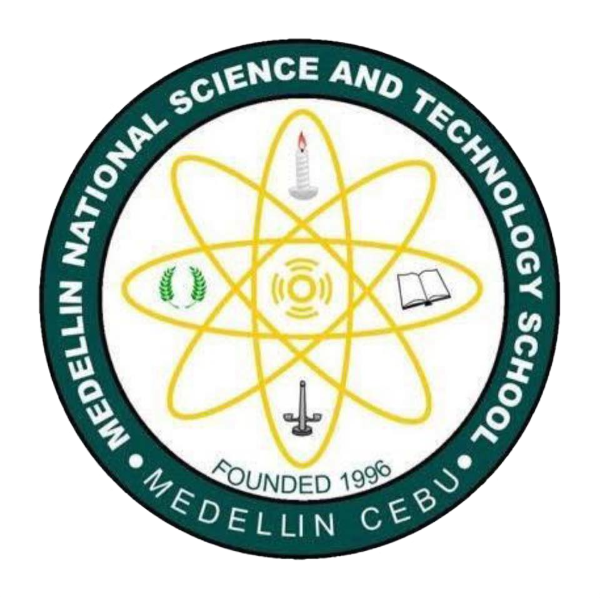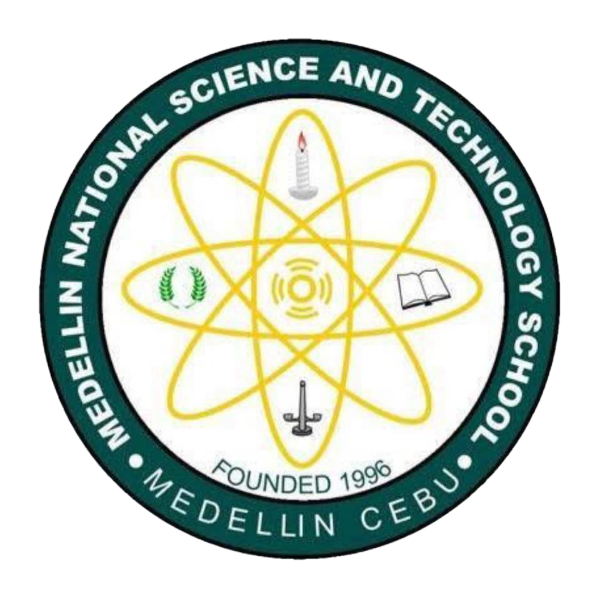About Us
FOUNDER'S LEGACY

What started as a simple vision became a turning point for education in Medellin, Cebu. In 1996, a resolution led by Mayor Manreza P. Lim, with the support of former Bogo Mayor Clavel A. Martinez, paved the way for the establishment of a science-focused secondary school—what is now known as the Medellin National Science and Technology School (MNSTS).
Long before it had its own campus, MNSTS operated in a single borrowed classroom at Medellin Central Elementary School. Students sat wherever they could—on makeshift desks or even on the floor—driven by their passion for learning. Despite the challenges, the school’s pioneering educators—Mrs. Neriza Seares, Mr. Joel S. Comendador, Mr. Alwin D. Ytac, and Mr. Edwin I. Abao
—were determined to provide quality STEM education. Leading them was Mr. Joel S. Comendador, the teacher-in-charge, whose dedication helped shape the foundation of the school’s academic excellence.
With time and effort, the vision for a dedicated science high school became a reality. Through the support of local leaders and the commitment of its faculty, MNSTS has grown into an institution that continues to develop young minds, staying true to its mission of excellence in Science, Technology, Engineering, and Mathematics.
A Glimpse into Our History
Medellin National Science and Technology School (MNSTS) was formally established in 1996 following a municipal resolution calling for the creation of a science high school in Poblacion, Medellin, Cebu. Before securing a permanent site, the school was known as the National Science and Technology School of Medellin and initially operated at Medellin Central School due to the lack of facilities.
Classes began in June 1995 with only one teacher, Mr. Joel S. Comendador, a physics instructor. A few months later, Mrs. Neriza Seares joined, and together they handled a small student population of 23 first-year and 30 second-year students. Without dedicated classrooms, students had to study under trees or sit on makeshift wooden boards. Despite these challenges, the school remained committed to providing a strong foundation in science and technology education.
Recognizing the urgent need for a permanent school site, the Local Government Unit (LGU) of Medellin, led by Mayor Manreza P. Lim, collaborated with former Bogo Mayor Clavel A. Martinez to secure land and funding. A lot in New Medellin Estate Subdivision was donated, enabling the Department of Public Works and Highways (DPWH) to construct five school buildings. By January 2000, the school officially transferred to its new location with a small but dedicated faculty.
In 1999, MNSTS shared its campus with Medellin National Science and Technology Elementary School (MNSTES), Medellin National High School (MNHS), and Cebu Normal University-Medellin Campus (CNU). As the school grew, the LGU of Medellin donated an additional 2,500 square meters of land in 2012, allowing for further campus expansion. Later, through a Deed of Usufruct signed by Mayor Joven J. Mondigo Jr., a 753-square-meter site was granted for the Senior High School Department, ensuring more space and facilities for STEM students.
MNSTS At Present

What started as a humble initiative to bring quality science education to Medellin has now become a thriving institution dedicated to academic excellence. Medellin National Science and Technology School (MNSTS) has come a long way from makeshift classrooms under trees to a fully established campus.
Now standing in New Medellin Estate Subdivision, Poblacion, Medellin, Cebu, the school continues to uphold its vision of producing future scientists, engineers, and innovators. For the academic year 2024-2025, 407 students are enrolled, guided by 20 dedicated faculty members. The school caters to both Junior High School and Senior High School students, offering the Science, Technology, Engineering, and Mathematics (STEM) strand under the K-12 curriculum.
About The School Logo
The school logo’s refreshing teal color reflects the school’s trustworthiness and reliability.
The atom at the center of the circle symbolizes the building block of all matters. It connotes scientific methods, which help us understand the intricacies of the fundamental concepts as we further pursue the lessons in science.
The two laurel fronds represent glory and honor. The candle, the torch and the book symbolize knowledge.
The icon inscribed in the atom, ubiquitous in the field of engineering, best represents the achievements of the school.

